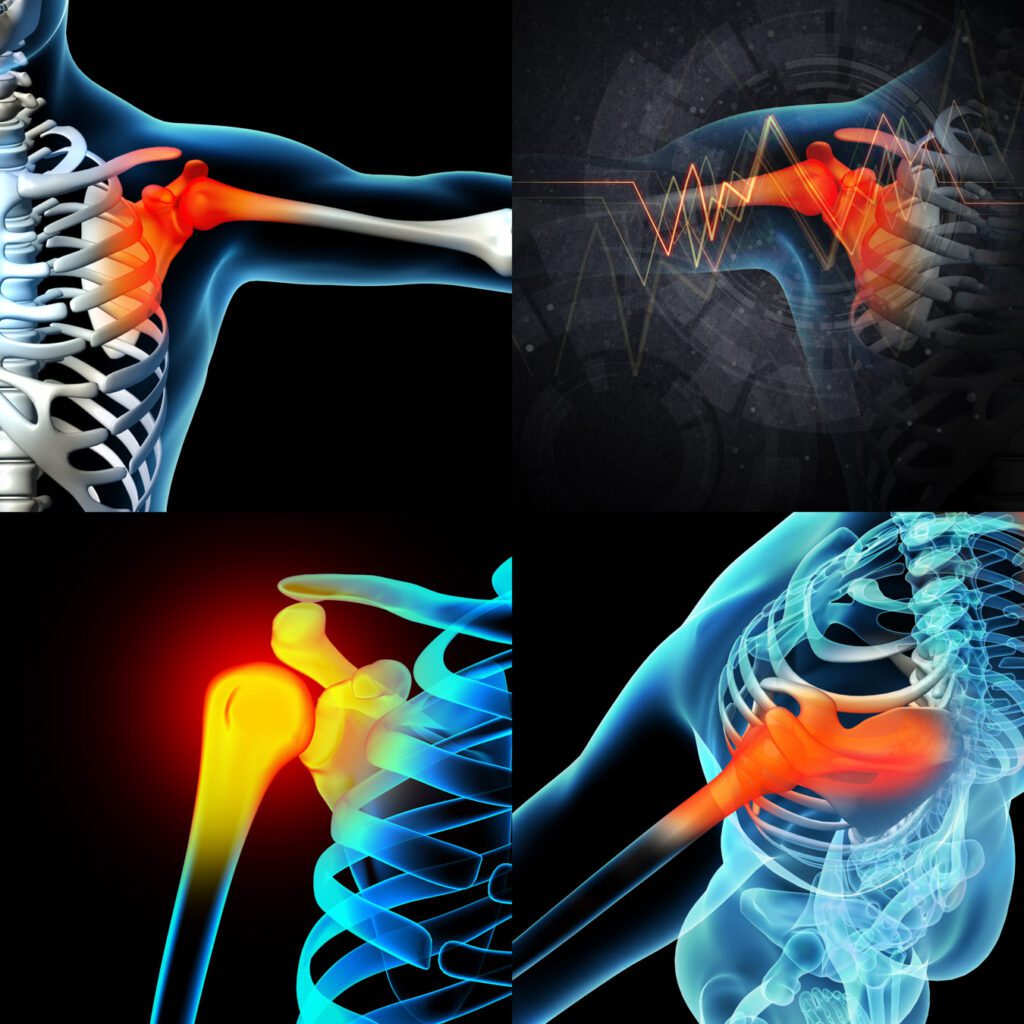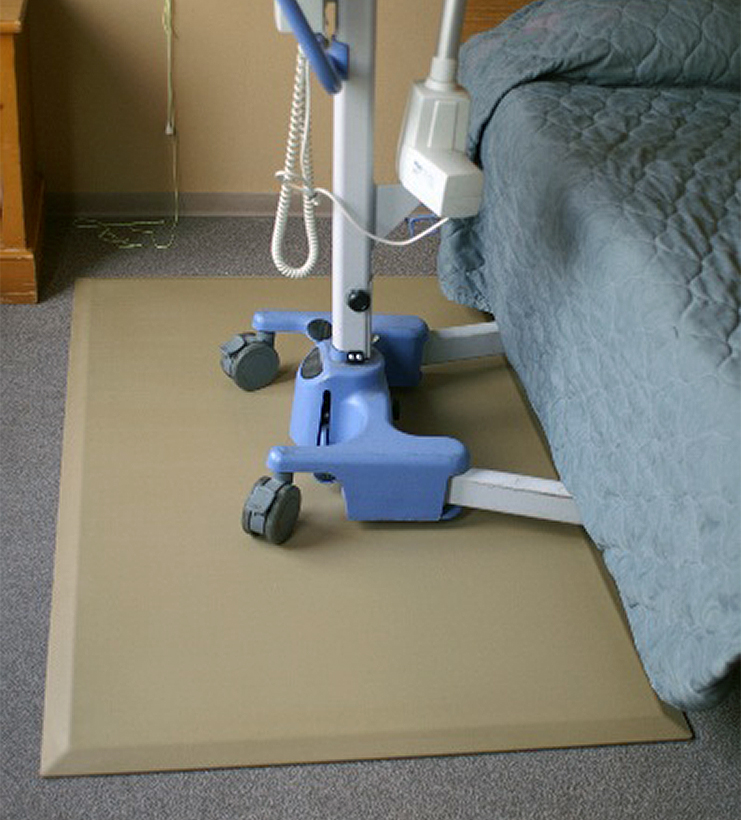Blog
Anti-fatigue Mats Can Reduce Work Place Injuries
- Derek Hawn
- May 6, 2014
- 12:36 pm
- One Comment
- 2 minutes
Shows like America’s funniest home videos and websites like YouTube are filled with videos of people slipping, tripping and falling. Most of them are comical but sometimes you find yourself wincing sympathetically in pain.
Unfortunately, at one point or another all of us have experienced the negative effects of gravity combined with a slippery, unstable surface or maybe even an improperly placed anti-fatigue floor mat or rug.
A study conducted by the Liberty Mutual Workplace Safety Index found that falls were the second leading cause of all workplace injuries in 2005. These falls were estimated, by the National Safety Council, to cost approximately $70 billion per year.
According to OSHA two leading environmental causes that have been found to lead to a dangerous workplace and a potential for more falls are: floor surfaces that are in disrepair and loose or unanchored mats or rugs.
Considering the cost and dangers associated with workplace falls and improperly used anti-fatigue mats, this month we continue our series on the 9 essential questions to ask before buying an anti-fatigue mat. So far, we have discussed compressibility (elastic modulus), and the height of the material relative to it’s compressibility (densification strain), having a balance between stability and instability, looking at how responsive the surface is to worker movements, and if the anti-fatigue mat surface balances shock attenuation (absorb energy) and resilience (return energy), and if the surface get softer as it is compressed. Our next question is:
Does the anti-fatigue surface resist movement under use?
A clean, dry floor is one of the best deterrents to a sliding mat, but this isn’t always possible in a workplace setting. To further complicate the issue, the material from which a surface is made can also contribute to an anti-fatigue mat moving easily across the floor, creating slipping hazards.
In addition, when the matting material breaks down, it can create a slippery layer of fine “dust” between the anti-fatigue mat and the floor allowing the mat to easily travel. Since this often happens on the bottom of these mats, it is often common for a user to be unaware of the degradation of the material.
In an effort to prevent sliding or bent up corners, it is not unusual to see many anti-fatigue mats taped down along the edges because their light weight allows them to shift easily as items roll over them or as they are walked on or kicked or bumped.
When we designed SmartCells anti-fatigue mats and runners, we took all of these factors into consideration. Our mats are manufactured to be significantly sturdier than light-weight mats, resist breaking down like foam mats, and resist movement while remaining easy to remove for cleaning.
The unique SmartCells® cushioning technology consists of a rubber surface layer integrated with an underlying array of cylindrical rubber cells that soften in response to surface pressure to provide maximum fatigue relief. The SmartCells act like springs that cushion as weight is applied and then rebound when the weight shifts, which returns energy, providing unparalleled responsiveness that helps reduce standing fatigue.
SmartCells Cushioning Technology: It’s not how the mat feels, it’s how YOU feel.
The SmartCells Solution: Helping Teachers Painlessly Teach Tomorrow’s Leaders
The Fundamentals: Why Every Anti-Fatigue Solution Needs Responsive Rebound
7 Effective Stretches for Runners
Study Suggests Alleviating Musculoskeletal Pain Could Reduce Risk of Chronic Disease
8 Exercises That Help Seniors Reduce Their Risk of Falls
SmartCells’ Top 5 Safety Tips for National Safety Month 2021
The SmartCells Solution to the Summer Slowdown
Compliant Flooring: A New Way to Protect Fallers
Why a Standing Desk Won’t Solve All Your Ergonomic Problems
Anti-fatigue floor mats: When Subtle Instability is Beneficial
Let us help you find the right solution
Not sure where to start? Our customer service and sales representatives – who are just as knowledgeable about the product as the scientists who created it – would be happy to help you understand more.




